Qinetiq have discussed the schedule for the testing of ‘Dragonfire’ a new British laser directed energy weapon.
The first project to be undertaken at the new Dragonworks laser test facility will be the assembly and testing of the laser directed energy weapon (LDEW) currently in development by the UK’s Dragonfire consortium.
Components will arrive in early 2018, when QinetiQ will begin building the weapon’s laser source in the purpose-built clean room. Over the following months, the laser source will undergo a process of evaluation and adjustment before being integrated with Leonardo’s beam director.
The project will culminate in operation at full-power under test conditions inside the facility in summer 2018, before it is transported to MOD Shoeburyness for long-range outdoor trials later in the year.
Data collected using the Reflective Hazard Assessment Tool will inform the safety case for these and future trials, ensuring the reflectivity of targets is fully understood and any risk mitigated accordingly.
Peter Cooper, the Project Technical Authority in Dstl, which manages the Dragonfire contract on behalf of the UK MOD, said regarding the new test facility:
“This facility is a key step in delivering the Dragonfire project and reflects the continuing UK MOD investment, supported and enabled by industry funding, amounting to tens of millions of pounds in UK industrial skills and capabilities and underpinning UK prosperity.”



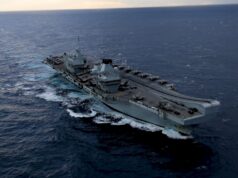
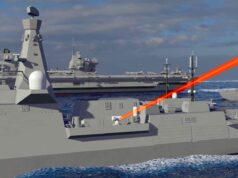
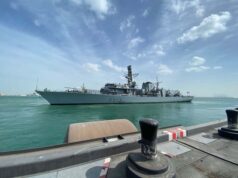
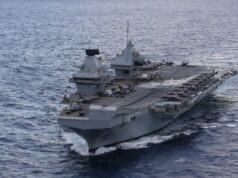
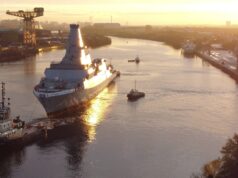
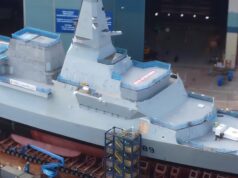
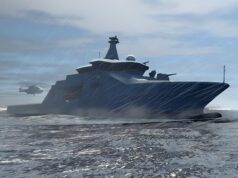
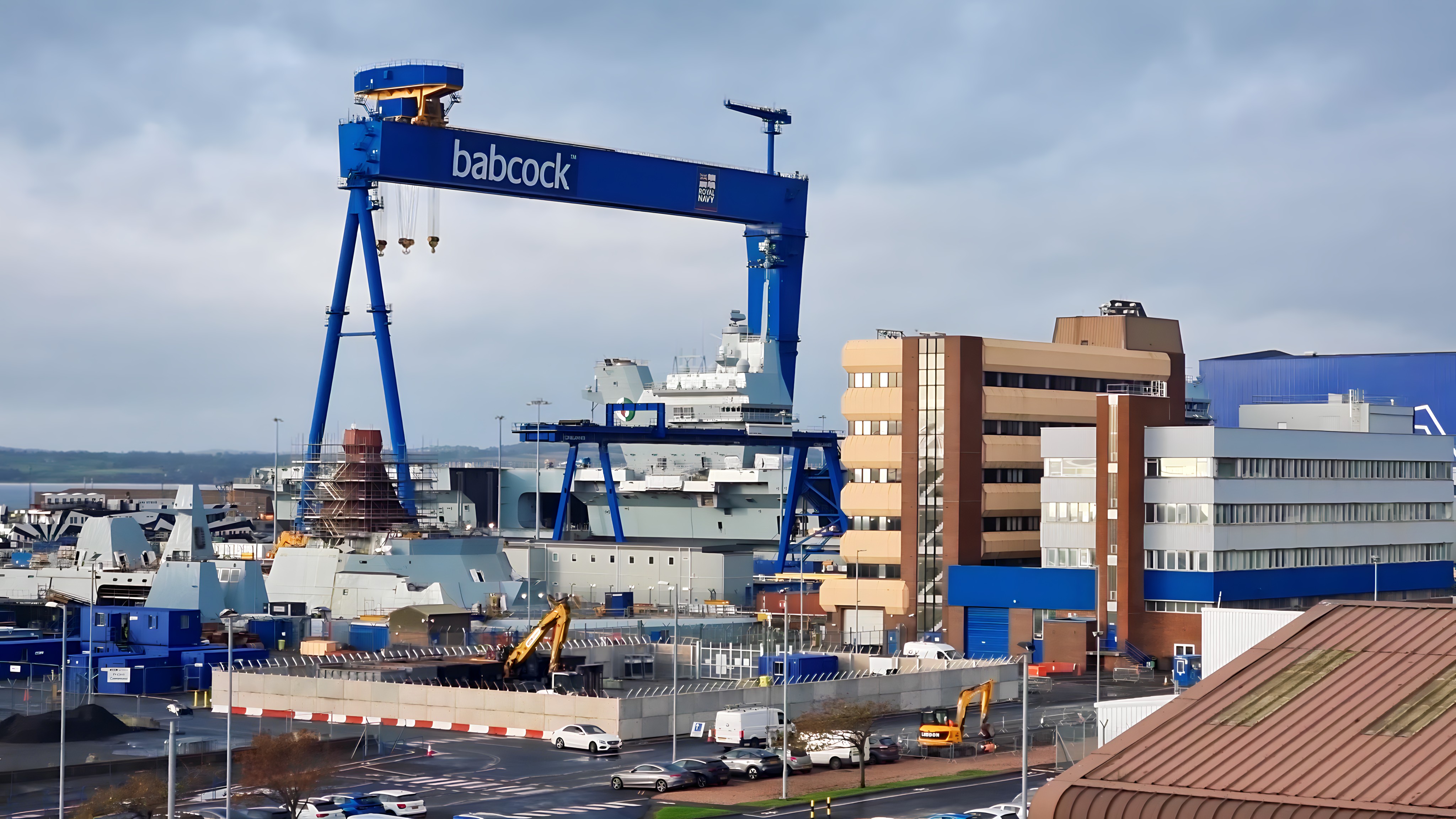

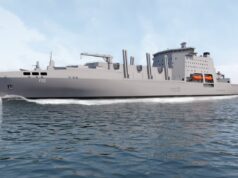

How far away are we from developing a laser CIWS capability effective against highly supersonic or hypersonic missiles?
Further than the capability to defeat the lasers will be
Still a decade behind the Americans. Pedal to the metal lads.
I wonder if these laser weapons could be countered by putting a mirrored coating on the nose-cone of an anti-ship missile. I think we’d be wise to look at fully automated missile CIWS. It’s the only way to reduce the reaction time to two or three seconds.
Phalanx CIWS systems and Seawolf for that matter ( Not sure about CAMS as I have not had a look around it yet) can go hands off fully Auto already.
If the target is assessed by the computers as a hostile threat then its complete man out of the loop for the engagement unless you want to abort the engagement when you then step into the loop to stop it.
Laser ciws or rail guns. A rail gun would have the kinetic effect to stop an incoming hypersonic missile.
not sure a laser will be able to hold the beam on the target long enough to terminate the hypersonic threat, especially if the missile is hardened or takes evasive action.
If the target is manoeuvring then a laser will have the higest chance of hitting out of all of those options.
Most laser weapons pulse the laser at a few hundred times a second. This has the effect of “hammering ” the target with energy. You don’t need to keep the beam on the target constantly to get a burn through, its the percussive shock that does the damage.
Interesting. I confess that I know pretty much nothing about percussive shock (ps) but my physics degree did spend a lot of time on harmonics and resonance and I suspect ps has some relation to achieving amplified effect by hitting resonant frequencies. If that is the case then I wonder how much variability there will be across future missile types and whether, in this new world of energy weapons, the spooks will be desperately trying to get details of the physical and thermal characteristics of the casing of enemy missile types so that energy weapons could potentially dynamically adjust their pulse frequency to be maximally damaging to whatever the target missile type is.
If you think about it we have been lobbing shells at each other for centuries and missiles for many decades. I wonder how unfamiliar things will look from today’s perspective in 2 or 3 decades time. I also wonder what the affordability and protectionism (willingness to export) will be like for these next-gen weapons. Will we begin to see more significant capability differences between first and second tier navy’s not only in terms of numbers as we have today but also in the fundamental nature and capabilities of the weapons systems?
Just one of the reasons why I wish I could live for at least another 100 years. I’d love to be around to see how all this stuff plays out in those sort of time scales (and take a few holidays in space).
Why were the hush hush Laser Dazzle Sights of the 80’s early 90’s got rid of?
Sound like just the thing with terrorist or Iranian gunboats bothering your ship?
Geneva conventions.
Cheers Ron.
Weird by my thinking?
Iso its ok to blow someone to kingdom come but using non lethal weapons isn’t?
Under the Convention you can only design weapons to kill, not maim. Chevage “dazzled” the pilot and “may” have caused eye damage and blindness as a side effect. It would not of killed the pilot outright hence it had to go.
The severe deceleration trauma caused by not being able to see the instruments or the landing strip did not count.
Thanks for the explanation Gunbuster. Chevage, I’d forgotten the name.